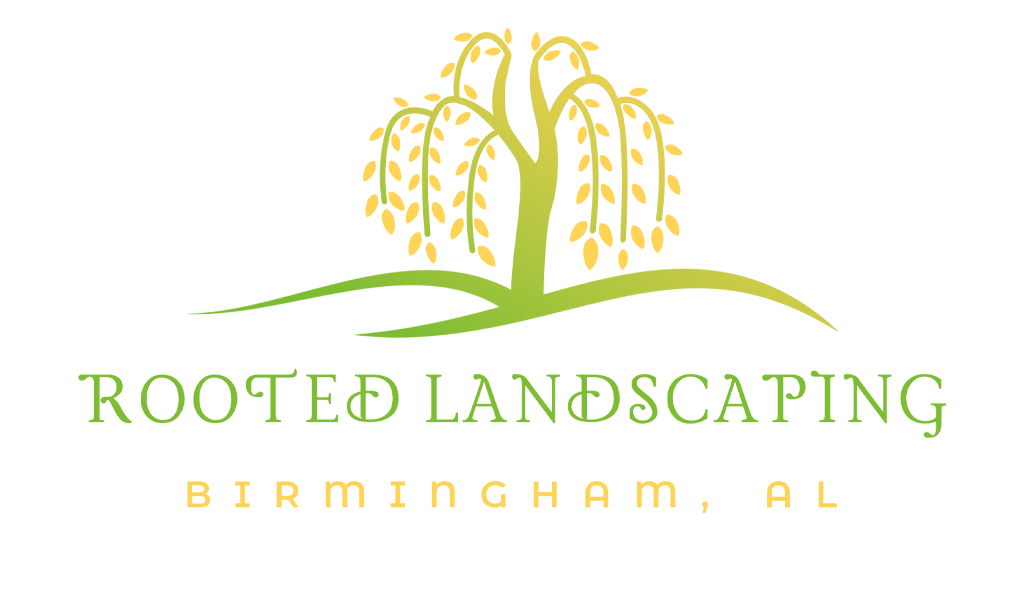Title: Planning a Vibrant Children’s Garden in West Blocton, AL: Cultivating Young Minds and Hearts
Introduction:
Nestled in the heart of West Blocton, AL, lies a wonderful opportunity to engage and inspire the young minds of the community – a children’s garden. Creating a vibrant and educational space where children can learn about nature, sustainability, and the joy of gardening is not only beneficial for their development but also fosters a sense of connection to the environment around them. In this blog post, we will explore the steps and considerations involved in planning a children’s garden in West Blocton, AL.
1. Location, Location, Location:
The first step in planning a children’s garden is to carefully select the location. Ideally, the garden should be easily accessible to children and their families, whether it’s in a schoolyard, community center, or public park. In West Blocton, AL, consider partnering with local schools or community organizations to find a suitable location that is safe and welcoming for young gardeners.
2. Designing the Garden:
Once the location is secured, it’s time to start designing the garden layout. When planning a children’s garden, it’s important to incorporate elements that engage all the senses and cater to different age groups. Consider including raised beds for easy access, colorful flowers, interactive learning stations, and even a small play area. In West Blocton, AL, the garden can be designed to showcase native plants and species that are well-suited to the local climate.
3. Educational Opportunities:
A children’s garden is not just a place to grow plants; it’s a living classroom where children can learn about science, nutrition, and the importance of environmental stewardship. Consider incorporating educational programs, workshops, and hands-on activities that teach children about gardening, composting, and sustainability. In West Blocton, AL, partnering with local experts, such as Master Gardeners or environmental educators, can provide valuable resources and expertise.
4. Community Engagement:
Building a children’s garden is a community effort, and involving parents, teachers, and volunteers is essential for its success. Organize community workdays, fundraising events, and outreach programs to get the community excited and invested in the project. In West Blocton, AL, consider reaching out to local businesses for sponsorships or donations to support the garden’s development and maintenance.
5. Maintenance and Sustainability:
Once the children’s garden is up and running, it’s important to establish a maintenance plan to keep the garden thriving. Encourage children and volunteers to help with watering, weeding, and harvesting to instill a sense of ownership and responsibility. In West Blocton, AL, consider implementing sustainable practices, such as rainwater harvesting, composting, and using organic gardening methods to teach children about the importance of caring for the environment.
Conclusion:
Planning a children’s garden in West Blocton, AL, is a wonderful opportunity to create a space where children can connect with nature, learn valuable skills, and cultivate a love for gardening. By carefully considering the location, design, educational opportunities, community engagement, and sustainability of the garden, we can create a vibrant and enriching environment that benefits not only the young gardeners but the entire community. Let’s come together to plant the seeds of curiosity and wonder in the hearts and minds of West Blocton’s children through the creation of a thriving children’s garden.


